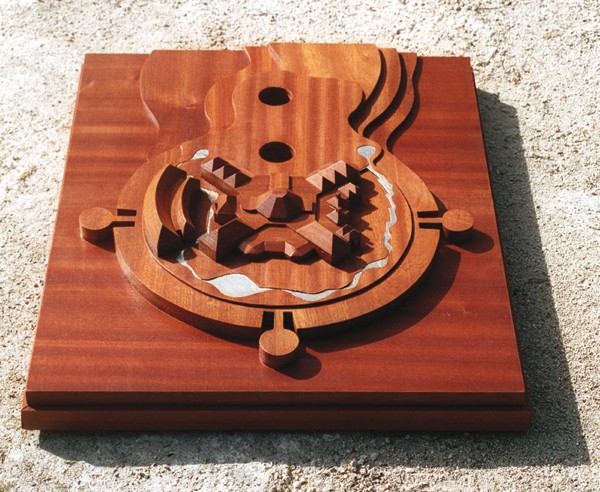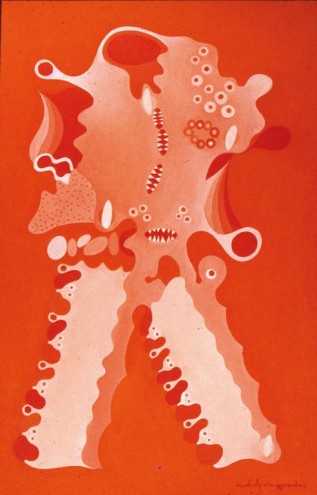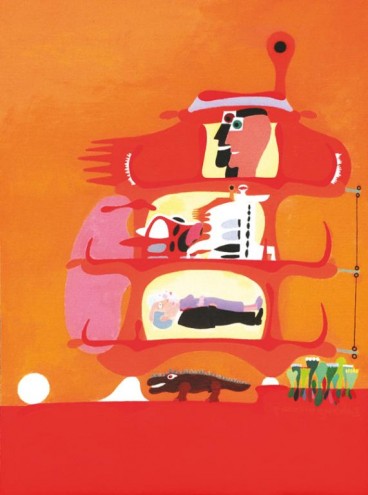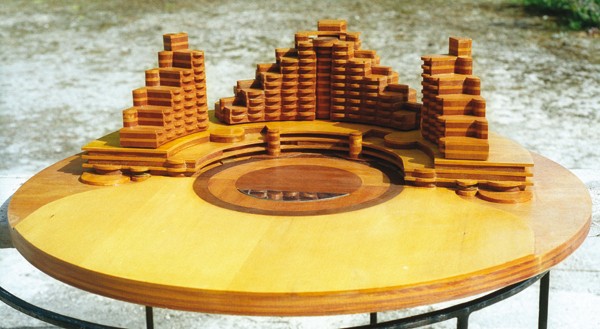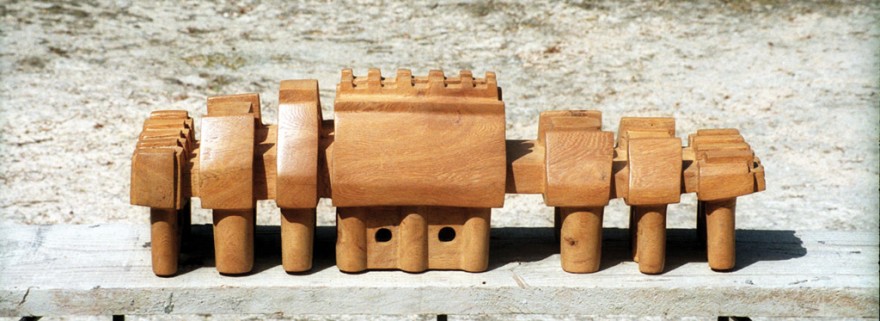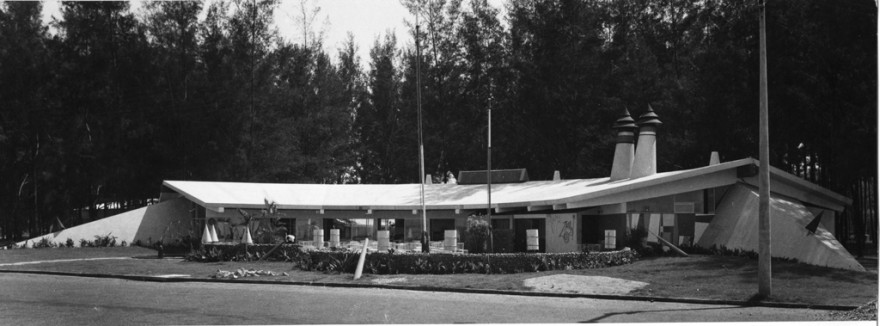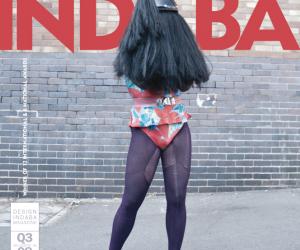First Published in
A quarter of a century after he was first shown at the Architectural Association in London, Pancho Guedes came of time again last year when he was shown at the Swiss Architecture Museum in Basel. The exhibition, Pancho Guedes: An Alternative Modernist, was the first critical and curatorial approach to the eccentric oeuvre that this architect realised in Africa during the Fifties and Sixties. Coinciding with the presentation of a major retrospective of Le Corbusier at the nearby Vitra Museum, the exhibition portrayed an architect who, like Le Corbusier, transformed his deep involvement with the visual and plastic arts into a powerful drive for architectural imagination.
Although somewhat buried in the last quarter of a century, this legendary Mozambican architect built an outstanding reputation within the most select international circles of the early Sixties architectural milieu. When viewed from the historical perspective of the present, Guedes displays an alternative modernity that contrasts the International Style with one of the first truly multicultural visions. Contrary to most colonial architecture, Guedes's work is justly referential because of his active engagement with local cultural contexts and references, while still producing unique and appealing architectural images and forms.
Against the supremacy of the single modernist manner, Guedes is one of the first architects to playfully introduce a plethora of styles that respond to different cultural circumstances, various types of clients and even the most adverse economic conditions. A lover and collector of African artistic and cultural artefacts, he was also a pioneer in experimenting with cross-cultural and symbolic references without ever missing the creative and logical edge of the modern architect.
Drawn in close collaboration with the architect - now aged 84 - and referencing to his vastly unpublished archive, the exhibition provides visitors with seven perspectives on the work of Guedes. These range from the development of some of his most personal organic styles (true ante-visions of the pop architecture of the Sixties) and his contributions towards the construction of the modern city, down to his experimentations with the scarce resources of so-called bush architecture.
Pancho Guedes: An Alternative Modernist also reveals previously unreleased material for projects such as the Smiling Lion, the Saipal Bakery and the Airplane House. These works, although built in remote locations, were all ahead of their time for their symbolic sculptural qualities, organic geometry, unexpected materials, local forms of ornament, and often rare and bold spatial solutions.
Also part of the exhibition are the architect's sculptures, paintings, murals and, most importantly, a selection of his vast collection of sketches that show his vivid imagination at work, either in visions of a rare space-age African architecture or of an almost surrealistic and naïf portrayal of local cultural realities.
Alongside Pancho Guedes: An Alternative Modernist a second exhibition, Works After April 25th 1974, curated by Henning Rasmuss and Dagmar Hoetzel, displays work created mostly in South Africa. The Pancho Guedes exhibitions show at the Iziko National Gallery in Cape Town until August 31 and at Museum Africa in Johannesburg from September.

